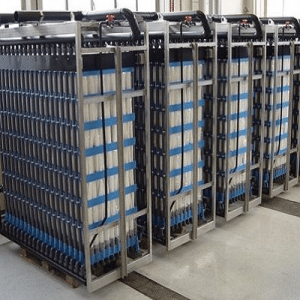
Agriculture
January 12, 2024
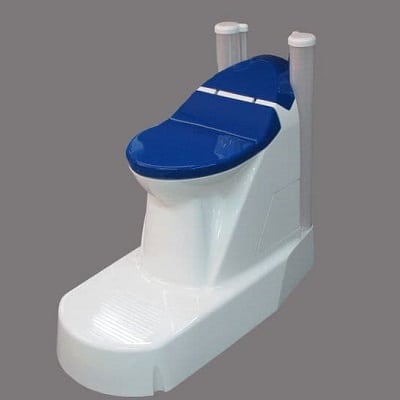
Updated on August 8, 2024
·Created on October 1, 2018
The Nano Membrane Toilet is a dry-toilet that treats waste on-site without water or energy.
Cranfield Univeristy’s Nano Membrane Toilet treats waste without water or electricity, producing recycled water for household use along with energy and ash. The system uses the membrane to separate water from the waste and gasifies solids. The energy produced can be used to sustain the membrane process and any extra energy could be used to charge electronic devices.
This product is currently under development and is in the prototyping phase.
Target SDGs
SDG 6: Clean Water and Sanitation
Market Suggested Retail Price
$750.00
Target Users (Target Impact Group)
Household
Distributors / Implementing Organizations
Cranfield University plans to partner with local organizations is target regions to rent toilets to households.
Countries
Ghana, United Kingdom
Manufacturing/Building Method
The toilet structure is made entirely of composite material and can therefore be manufactured entirely using a 3-D printer and a laser cutter.
Intellectural Property Type
Trademark
User Provision Model
The proposed user provision model is for toilets to be rented by households.
Distributions to Date Status
No distributions to date; the product is still in its testing phase.
Toilet type
Toilet
Evacuation method
Dry
Storage conditions
Container Storage
Capacity (L)
Unknown
Time until emptying
Unknown
Design Specifications
The toilet rotates the solid and liquid waste mixture to empty it from the toilet, and then sedimentation separates solids from the mixture. Pathogens and odors are removed as water is transported through the membrane walls in the vapor state, and then recycled for household use. The partly-dry solids are then transported via mechanical screw to a gasifier, which converts the waste to ash and energy. The energy produced continues to power the membrane process, and extra energy can be used to charge devices.
Technical Support
Support is proposed to be provided every six months by a franchised maintenance company.
Replacement Components
The technicians would replace the membrane cartridge, bead cartridge, and the polymer.
Lifecycle
7 years (average)
Manufacturer Specified Performance Parameters
Designer specified performance targets include the daily operation cost being 0.05 USD/user/day, the energy recovered being 90 kW/user/day, and the water recovered being 1.5 L/user/day.
Vetted Performance Status
Field testing of a prototype was conducted in both a semi-public institutional setting and in peri-urban households in the Republic of South Africa. Additionally, laboratory experiments were conducted to determine that the best cleaning material for wiping the toilet bowl was a silicone rubber with oil-bleed-effect. The following study explains a new method for quantifying liquid fecal odors, which is an important aspect in promoting user acceptance of the Nano Membrane Toilet. The study also examines various membranes considered for use in the Nano Membrane Toilet. The following study highlights the potential of slow progressive burning and fuel blending to promote combustion of human feces - an important pre-treatment step for converting feces into energy. A performance assessment determined that a Sterling Engine within the toilet could potentially provide a net power output while simultaneously reducing harmful gas emissions.
Safety
In the unlikely event that the toilet breaks, the hydrophobic beads pose a potential choking hazard to children.
Complementary Technical Systems
Unknown
Academic Research and References
Hennigs, J. et al., 2019, Field testing of a prototype mechanical dry toilet flush, Science of The Total Environment, 668: 419–431.
López, E. P., 2014, Design and testing of a novel human-powered generator device as a backup solution to power Cranfield’s Nano-membrane Toilet, Master’s Thesis, Cranfield University.
Mercer, E. et al., 2018, Quantification of liquid phase faecal odourants to evaluate membrane technology for wastewater reuse from decentralised sanitation facilities, Environmental Science: Water Research & Technology, 5(1): 161–171.
Fidalgo, B. et al., 2019, Non-isothermal thermogravimetric kinetic analysis of the thermochemical conversion of human faeces, Renewable Energy 132: 1177-1184.
Parker, A., 2014, Membrane technology plays key role in waterless hygienic toilet, Membrane Technology 2014(12): 8.
Lieu Le, N., Nunes, S. P., 2016, Materials and membrane technologies for water and energy sustainability, Sustainable Materials and Technologies 7: 1-28.
Hanak, D. P. et al., 2016, Conceptual energy and water recovery system for self-sustained nano membrane toilet, Energy Conversion and Management 126: 352-361.
Kolios, A. et al., 2018, Probabilistic performance assessment of complex energy process systems – The case of a self-sustained sanitation system, Energy Conversion and Management 163: 74-85.
Cranfield University, Reinventing the toilet – helping to solve sanitation issues in low income countries. Available: https://www.cranfield.ac.uk/case-studies/research-case-studies/nano-membrane-toilet
Parker, A. et al., The Nano Membrane Toilet, Cranfield University.
Sustainable Sanitation Alliance, Nano Membrane toilet. Available: https://www.susana.org/en/knowledge-hub/projects/database/details/62
Wef Highlights, 2018, Nano Membrane Toilet is Flush with Funding. Available: https://news.wef.org/nano-membrane-toilet-is-flush-with-funding/
Pepitone, J., 2016, Waterless toilet turns waste into clean water and power. Available: https://money.cnn.com/2016/07/18/technology/waterless-toilet-nano-membrane/index.html
Bond, J-M., 2016, The waterless toilet, backed by Bill Gates, could change the world, Dailydot. Available: https://www.dailydot.com/debug/this-waterless-toilet-could-change-billions-of-lives/
New Atlas, 2016, Cheap, waterless toilet that turns waste into clean water and power to be trialed in Africa. Available: https://newatlas.com/waterless-nano-membrane-toilet/41108/
Compliance with regulations
Unknown
Evaluation methods
The manufacturer cites evaluation criteria based on the amount of energy they can produce in specific environments, the environmental impact they have, and how effective they are at killing pathogens
Other Information
Cranfield University produced a video to explain how their toilet works.
Winner of the CleanEquity Monaco 2015 award.

Agriculture
January 12, 2024

Agriculture
January 19, 2024
Implemented by
Clean Team Ghana
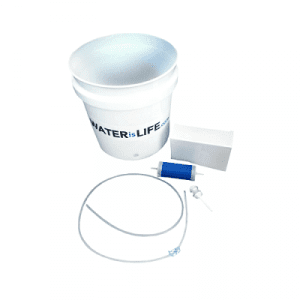
Agriculture
January 2, 2024
Implemented by
Water is Life
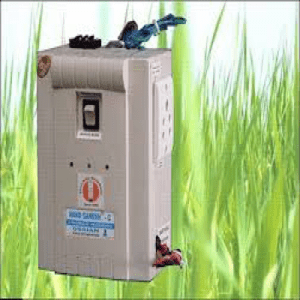
Agriculture
June 11, 2024
Implemented by
Ossian Agro Automation

Agriculture
December 19, 2023
Implemented by
Wostman

Agriculture
January 2, 2024
Implemented by
Toilets for People
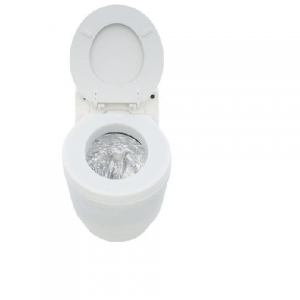
Agriculture
December 20, 2023
Implemented by
Dry Flush
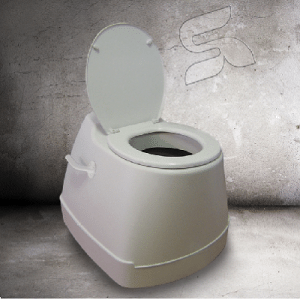
Agriculture
December 21, 2023
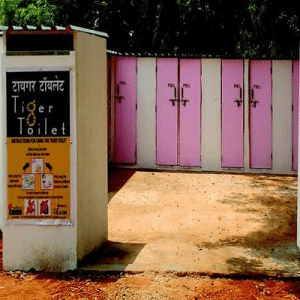
Agriculture
January 17, 2024
Implemented by
Easol Pvt Ldt
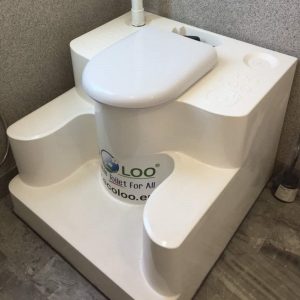
Agriculture
August 16, 2024
Implemented by
Ecoloo
Have thoughts on how we can improve?
Give Us Feedback